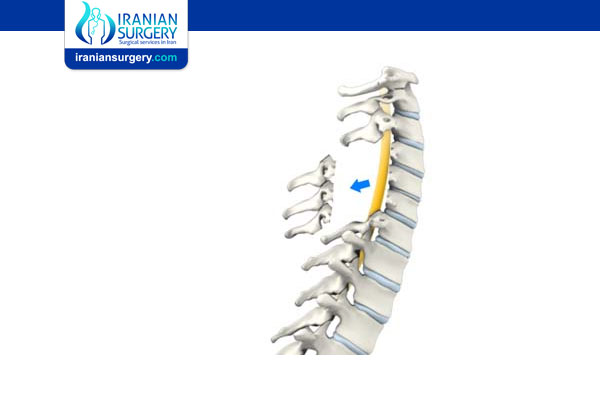
Cervical Laminectomy Success Rate
A cervical laminectomy is an operation done from the back of the neck to relieve pressure on the spinal cord and nerves. It involves carefully removing the bony roof (or laminae) of the spinal canal, as well as any soft tissue which may also be causing compression.
Why Might I Need a Cervical Laminectomy?
Cervical spine surgery may be needed for a variety of problems. Most commonly, this type of surgery is performed for degenerative disorders.
A cervical laminectomy is usually performed for one or more of the following reasons:
. To treat pressure on the spinal cord (caused by cervical canal stenosis/spondylosis or an intervertebral disc prolapse).
. To treat pressure on multiple spinal nerves in the neck (caused by foraminal stenosis, cervical spondylosis, or an intervertebral disc prolapse)
. To treat instability of the cervical spine (this may occur due to degenerative changes, arthritis, or trauma). In this situation, a fusion using lateral mass screws is performed to stabilize the spine as well as taking pressure of the spinal cord.
Surgery is usually recommended when all reasonable conservative measures (pain medications, nerve sheath injections, physical therapies etc.) have failed. In cases of significant instability or neurological problems, surgery may be the most appropriate first treatment option.
What Are the Results of Surgery?
Overall, 80-90% of patients will obtain a significant benefit from surgery, and this is usually maintained in the long term.
Generally, the symptom that improves the most reliably after surgery is arm pain. Neck pain and headaches may or may not improve (very occasionally they can be worse). The next symptom to improve is usually weakness. Your strength may not return completely back to normal, however. Improvement in strength generally occurs over weeks and months. Numbness or pins and needles may or may not improve with surgery, due to the fact that the nerve fibers transmitting sensation are thinner and more vulnerable to pressure (they are more easily permanently damaged than the other nerve fibers). Numbness can take up to 12 months to improve.
What Are the Risks of Cervical Laminectomy or Laminoplasty?
There are several risks to cervical laminectomy and laminoplasty that include nerve damage to the spinal cord or nerve roots. Nerve root damage may lead to weakness in an arm and is uncommon but can be permanent. Spinal cord injury resulting in paralysis is quite rare.
Infection is a complication that can occur 1% to 3% of the time. This may require further surgery, and / or antibiotics. The risk of spinal fluid leak is about 1% but can lead to a prolonged hospitalization while patients recover and at times require another surgery to repair the leak. At times a laminectomy or laminoplasty is unable to completely relieve the pressure upon nerves or the spinal cord and a cervical fusion is needed at a later date.
What is the Success Rate for Cervical Laminectomy or Laminoplasty?
The success rate is dependent upon the underlying condition requiring surgery. A large majority of patients see significant pain relief with the surgery. 75% of patients with spinal cord compression and myelopathy see improvement in those symptoms.
About Iranian Surgery
Iranian surgery is an online medical tourism platform where you can find the best chiropractors in Iran. The price of Cervical Laminectomy in Iran can vary according to each individual’s case and will be determined by an in-person assessment with the doctor.
For more information about the cost of Cervical Laminectomy in Iran and to schedule an appointment in advance, you can contact Iranian Surgery consultants via WhatsApp number 0098 901 929 0946. This service is completely free.
Source:
https://www.spineportland.com/surgery/cervical-laminectomy-risks-success.php

